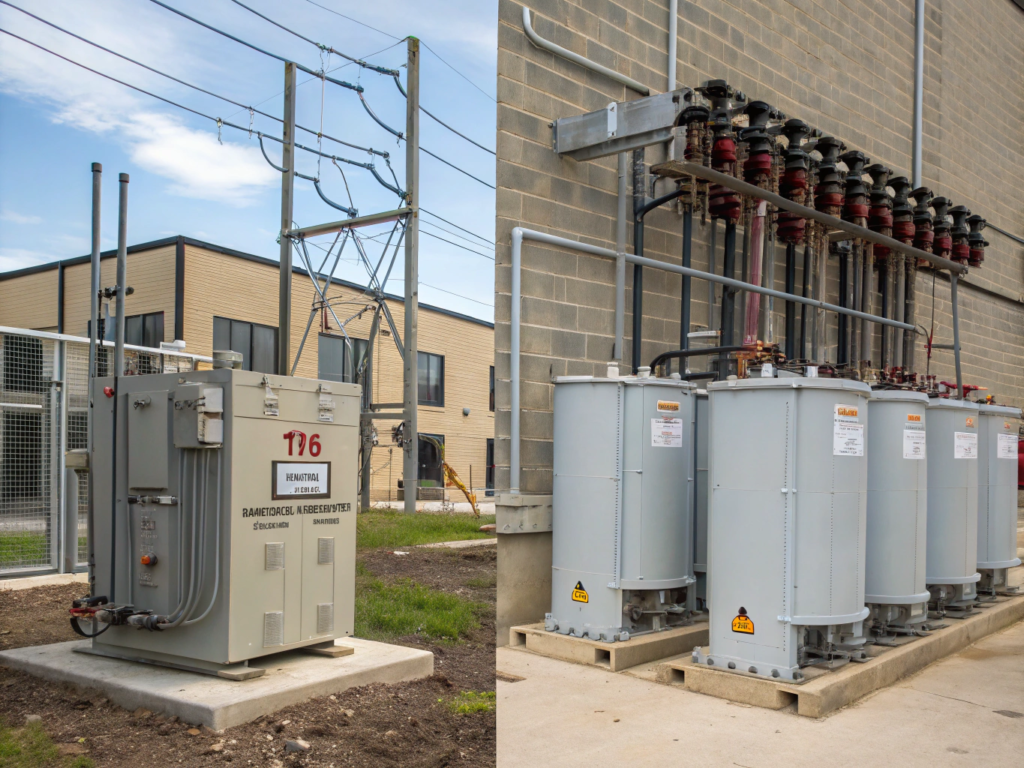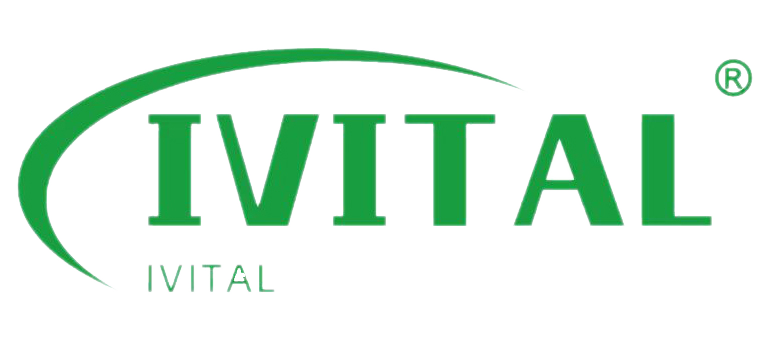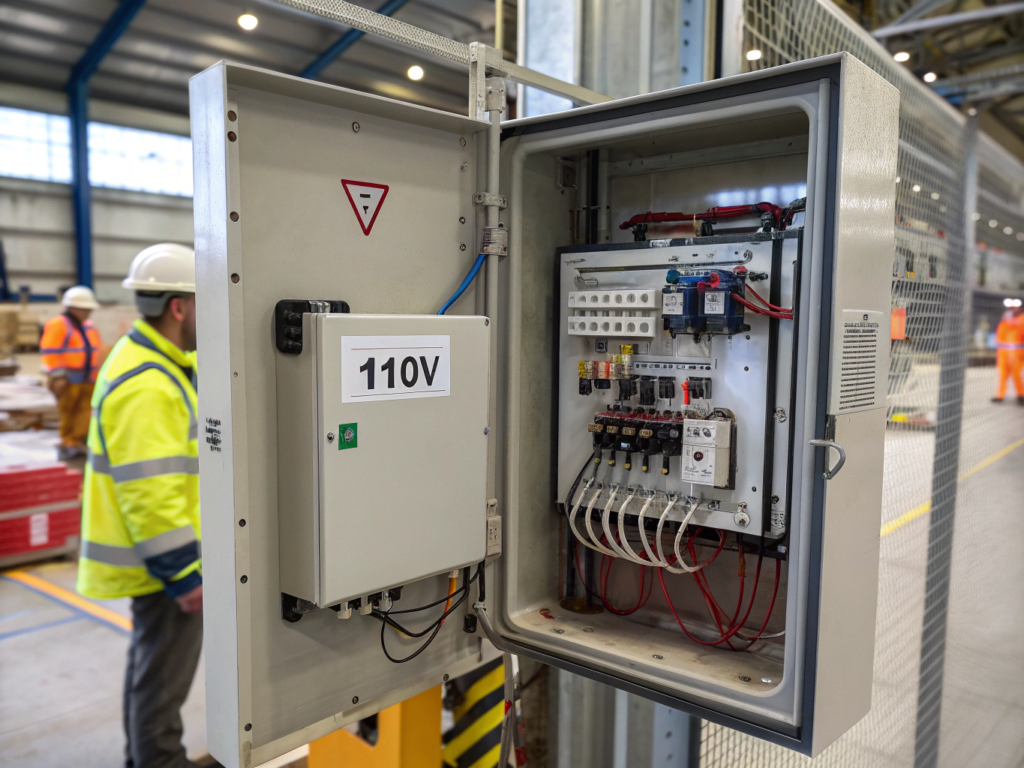Choosing the wrong voltage might not break the machine—but it can break the project.
110V is typically a single-phase supply, especially in the U.S. and Japan, but specific industrial applications may use 110V three-phase systems with custom configurations.
I once saw a site install a 110V electric hoist assuming it would run fine. It tripped every breaker on startup—because the site was wired for 220V three-phase. Here’s how to avoid that.
[Table of contents]
- Is 110V power supply always single-phase?
- How do I choose between single-phase and three-phase?
- What are the typical uses of 110V in industrial settings?
- How is 110V used in different countries like the US and Japan?
- How to select the right voltage for electric hoists and other equipment?
Is 110V power supply always single-phase?
Most of the time, yes. But it depends on the context.
In residential and light-duty commercial setups, 110V is almost always single-phase. In some industrial setups, 110V three-phase can be configured using transformers or specific outlets.

Dive Deeper
- Single-phase 110V is standard for domestic outlets in North America and Japan.
- Three-phase 110V setups exist but are niche, often using 4-pin sockets and used with specific tools or low-voltage industrial controls.
- In construction sites, 110V three-phase is sometimes used for tool safety compliance with reduced voltage systems.
How do I choose between single-phase and three-phase?
Think about how much power your equipment needs to run efficiently.
Use single-phase for light tools and office gear; choose three-phase for heavy machinery or consistent industrial loads.
Dive Deeper
| Power Supply Type | Best For | Voltage (Typical) | Notes |
|---|---|---|---|
| Single-Phase | Homes, offices, small workshops | 110V–240V | Lower power, easier setup |
| Three-Phase | Factories, hoists, HVAC, motors | 208V–480V | Balanced load, higher torque |
Electric hoists over 1 ton often require three-phase input to handle peak current at startup and sustained lifting.
What are the typical uses of 110V in industrial settings?
It’s often chosen for safety and portability—not high power.
110V is widely used on construction sites and maintenance areas for portable tools, lighting, and small hoists under 500kg.

Dive Deeper
- Construction Sites (EU/UK): Often run 110V tools for shock protection.
- Maintenance Workshops: Use 110V for compact gear with lower consumption.
- Portable Hoists: Some models come in 110V for light-duty, mobile operations.
But always check if the actual voltage is single-phase or derived from a step-down transformer on a three-phase feed.
How is 110V used in different countries like the US and Japan?
Both countries use 110V heavily—but in different setups.
In the U.S. and Japan, 110V is single-phase by default for residential and low-voltage applications.
Dive Deeper
| Country | Common Voltage | Phase | Frequency | Use Case |
|---|---|---|---|---|
| USA | 110V / 120V | Single | 60Hz | Homes, small tools, light hoists |
| Japan | 100V / 110V | Single | 50/60Hz | Same as U.S., varies by region |
| UK/EU | 110V on sites | 3-Phase (safety step-down) | 50Hz | Tool safety in damp environments |
Don’t assume voltage means phase—especially if your equipment is coming from a region where industrial standards differ.
How to select the right voltage for electric hoists and other equipment?
It depends on weight class, duty cycle, and site power.
Use 110V single-phase for hoists under 500kg; choose 220V or 380V three-phase for industrial-grade lifting or continuous use.
Dive Deeper
| Load Capacity | Recommended Voltage | Phase Type | Notes |
|---|---|---|---|
| < 500kg | 110V / 220V | Single-Phase | For mobile or light-duty work |
| 500kg–2T | 220V / 380V | Three-Phase | Common for factories |
| > 2T | 380V / 480V | Three-Phase | Heavy-duty, high-cycle lifts |
Always check your site power specs before purchase. Some hoists can be re-wired for dual voltage, but this needs to be confirmed with the supplier.
Conclusion
Don’t guess your voltage—know your phase and match it to your load.



